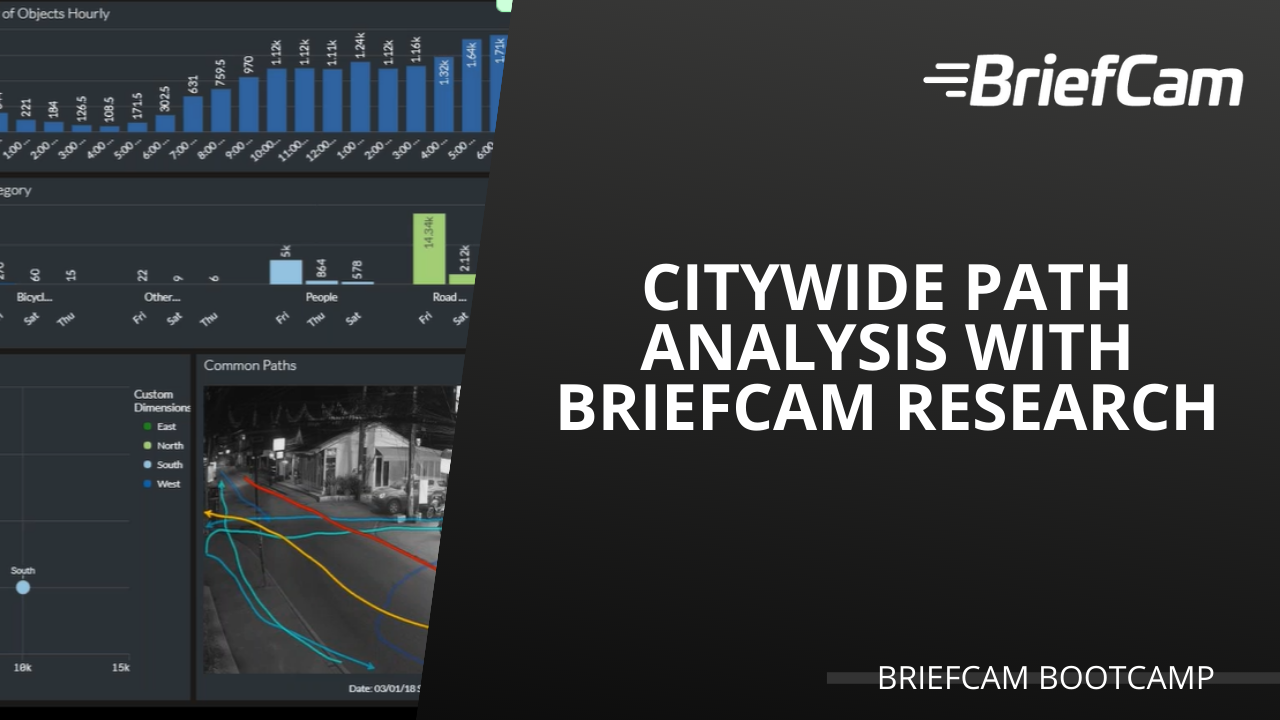What is a Smart City?

Editor’s Note: This post was originally published in August 2018, and has been refreshed and updated for accuracy.
Smart Cities 101
You’ve likely heard the term “smart city” before, but do you really know what constitutes one? Do you understand the driving values, who receives the benefits, and how existing cities can transform to meet “smart” criteria? No? Then you’ve come to the right place. Think of this as a beginner’s guide where you’ll learn everything you need to know about smart cities and why they’re important. Let’s get started:
What Makes a City Smart?
A smart city is one that uses data and technology to its full advantage as a means of improving the quality of life for its residents. Many smart cities use a combination of sensors and Internet of Things (IoT) technology to manage resources and track assets. Collecting and analyzing this information leads to increased sustainability, economic development, and public safety enablement, among other benefits. First responders can quickly view condensed video footage to react to emergencies faster. City officials can analyze data to understand details, such as how much water is used to irrigate city parks, and then analyze how watering schedules can be managed more efficiently to conserve water. Municipalities can also draw intelligence about traffic patterns and trends with path analysis as seen in the video below. This data is then leveraged to optimize critical functions like traffic light timing and public transportation schedules for proactive congestion prevention.

Who Benefits From a Smart City?
Simply put, everyone. Think of smart cities in the same way you think of a smart home but on a much larger scale. A smart home is equipped with cameras, video doorbells, learning thermostats, and more. These features are all designed to make life better, easier, and more sustainable for you and your family. This is exactly what smart city technology does for everyone in a city:
- Citizens benefit from faster emergency response times and a cleaner environment.
- Commuters benefit from real-time traffic and transportation as they navigate in, out of, and around a city.
- City officials benefit from rapid information sharing with residents and local businesses.
- Law enforcement and public safety workers benefit from increased on-the-job safety by proactively detecting and deterring crime.
- City planners benefit from understanding which areas of a city are right for new business based on pedestrian and vehicle traffic.
- Infrastructure benefits from closer monitoring to maintain utility flows.
What are the Key Values of a Smart City?
While smart city values will vary depending on who you ask, The Smart Cities Council states three main goals for every smart city in their vision:
-
- Livability: Cities that provide clean, healthy living conditions without pollution and congestion. With a digital infrastructure that makes city services instantly and conveniently available anytime, anywhere.
- Workability: Cities that provide the enabling infrastructure — energy, connectivity, computing, essential services — to compete globally for high-quality jobs.
- Sustainability: Cities that provide services without stealing from future generation
All three of these working in sync don’t just make the city a better place to live, but they also help provide a foundation to attract new residents and industries, and spur economic growth.
Why are Smart Cities Important?
Smart cities matter because urban areas are so crucial to local economies. According to The World Bank, more than 50% of the global population is living in urban cities and the world’s urban population is projected to increase to 6 billion by 2045. City leaders must move quickly to plan for growth and provide the basic services, infrastructure, and affordable housing needed for their expanding population’s needs.
Furthermore, in their “Urban Development Overview”, The World Bank further explains that with more than 80% of global GDP generated in cities, proactive and innovative urbanization can contribute to sustainable growth if managed well. This management is no easy task due to the current speed of urbanization. For instance, if a new city is not well planned before the first road is built or brick is laid, “the physical form and land use patterns can be locked in for generations, leading to unsustainable sprawl.” This sprawl stresses both space and natural resources and can contribute to undesirable outcomes like increased greenhouse gas emissions from inefficient traffic flows and bottlenecks. Addressing challenges like these with data driven decision-making empowers smart cities to offer improved quality of life to current residents and prepare for population growth and city expansion.
Proactive Transformation
Cities at the forefront of smart city transformation are not only proving the values and benefits but are also paving the way for future optimization as more cities take on the challenge. The transformation into a smart city isn’t something that happens overnight. It takes commitment from everyone, investment in the right technologies and systems, and patience in learning how to best use the data that is being captured by these systems. Initiating smart city transformation now and taking steps to ensure that new urban development projects are smart from the start, will ensure a better, more sustainable future for all.
Interested in learning more about smart city technology? Check out our case study, BriefCam at Work in Safe Cities, and discover the crucial role video analytics play in smart city safety and operational efficiency.
Signup to receive a monthly blog digest.